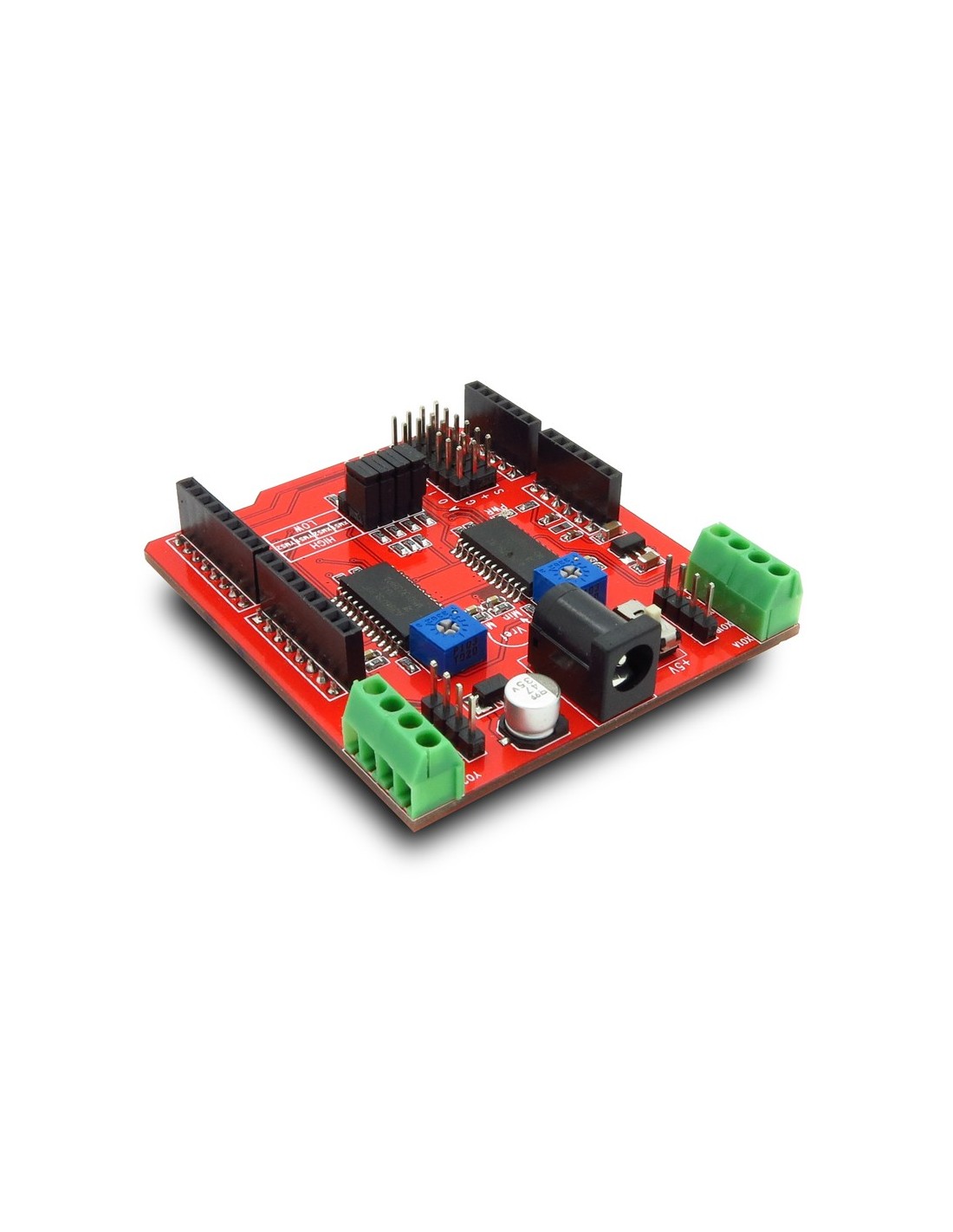
Indicates a pending timer interrupt.ĭifferent clock sources can be selected for each timer independently. TIFRx - Timer/Counter Interrupt Flag Register. TIMSKx - Timer/Counter Interrupt Mask Register. ICRx - Input Capture Register (only for 16bit timer) You can change the Timer behaviour through the timer register. Timer 3,4,5 are only available on Arduino Mega boards. In the Arduino work the tone() function uses timer2. In the Arduino world the Servo library uses timer1 on Arduino Uno (timer5 on Arduino Mega). If you change timer0 registers, this may influence the Arduino timer function. In the Arduino world timer0 is been used for the timer functions, like delay(), millis() and micros(). In the Arduino firmware all timers were configured to a 1kHz frequency and interrupts are gerally enabled. The timer hardware can be configured with some special timer registers. It is the most direct replacement for the Arduino delay() method. A single shot delay is one that only runs once and then stops. These examples are for a once off (single-shot) delay and a repeating delay/timer. So be careful when writing your own timer functions. Here are two basic delay and timer sketches and their millisDelay library equivalents.
ARDUINO TTC AS TIMER PRO
Normally the system clock is 16MHz, but for the Arduino Pro 3,3V it is 8Mhz. The timer3, timer4 and timer5 are all 16bit timers, similar to timer1.Īll timers depends on the system clock of your Arduino system. Timer 0, timer1 and timer2 are identical to the ATmega168/328. Also identical only differs in memory size.
ARDUINO TTC AS TIMER SERIES
The controller for the Arduino Mega series is the Atmel AVR ATmega1280 or the ATmega2560. 8bits means 256 values where 16bit means 65536 values for higher resolution. The most important difference between 8bit and 16bit timer is the timer resolution. Timer0 and timer2 are 8bit timer, where timer1 is a 16bit timer. Both have 3 timers, called timer0, timer1 and timer2. These chips are pin compatible and only differ in the size of internal memory.
ARDUINO TTC AS TIMER CODE
For setting the current time you need to change the code provided. The controller of the Arduino is the Atmel AVR ATmega168 or the ATmega328. Set the current time in the Real Time Clock. You can configure the prescaler for the timer, or the mode of operation and many other things. The timer can be programmed by some special registers. It is like a clock, and can be used to measure time events. These timers will be programmed using registers which we will learn about.

They act as a clock and are used to keep track of time based events. Even the Servo library uses timers and interrupts.Ī timer or to be more precise a timer / counter is a piece of hardware builtin the Arduino controller (other controllers have timer hardware, too). The Arduino comes with three timers known as Timer0 (8-bit timer), Timer1 (16-bit timer), and Timer2 (8-bit timer). The PWM functions analogWrite() uses timers, as the tone() and the noTone() function does. Many Arduino functions uses timers, for example the time functions: delay(), millis() and micros() and delayMicroseconds(). As Arduino programmer you will have used timers and interrupts without knowledge, bcause all the low level hardware stuff is hidden by the Arduino API. This tutorial shows the use of timers and interrupts for Arduino boards.

Added ArduinoTimer101.zip examples source code for Arduino v1.x .Example 3 has been updated to work with Arduino v1.x.I suppose I could not use all the timer/interrupt modes. You can modify the stock Arduino Timer0 OVF to insert your own ISR.Īnd – if that can be done – what would be the restrictions of such an ISR (e.g. But you have to handle the interaction between the millis() / micros() related variables. You can declare the stock Arduino Timer0 OVF "weak" and write your own where you can insert your ISR. A few ways, depending on your level of comfort: So I was wondering if I could attach an ISR to timer0 without affecting the above Arduino functions,


 0 kommentar(er)
0 kommentar(er)
